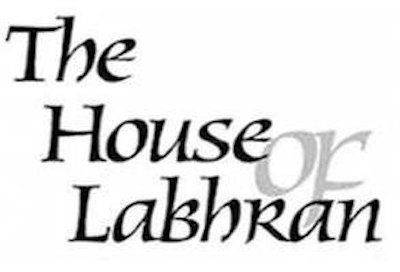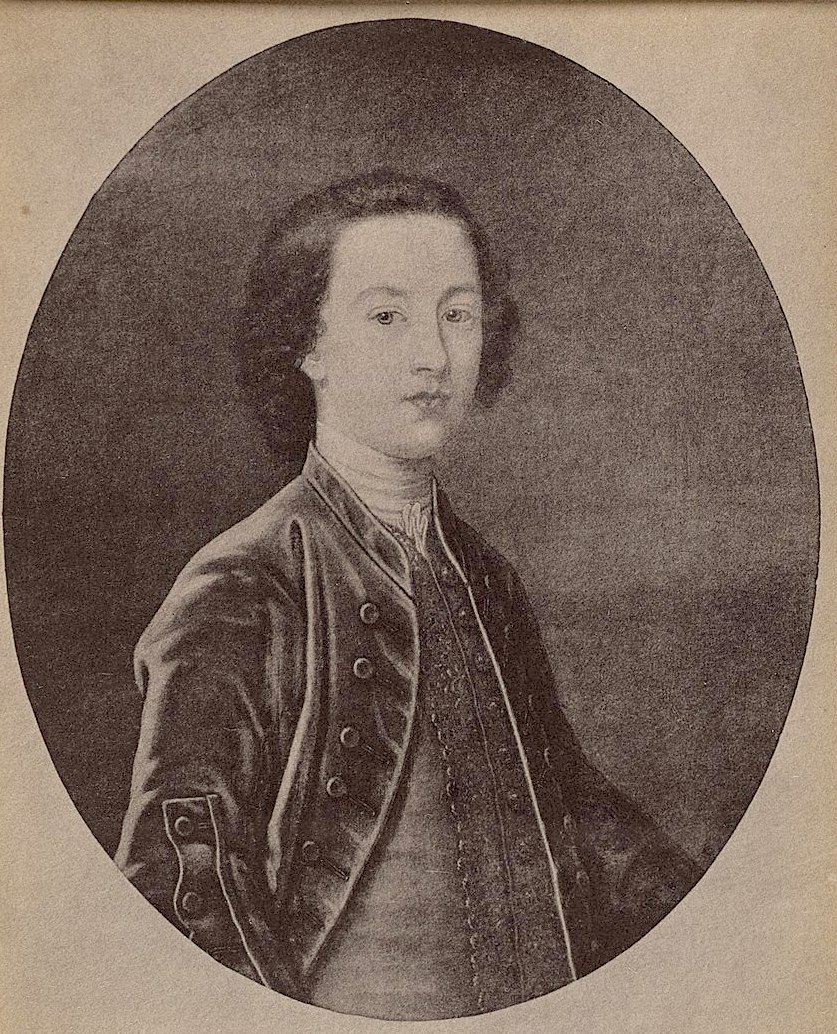William Gordon of Bogfoutain, at Auchorachan - Local Jacobite 1745 History
Auchorachan, Banffshire
A contemporary drawing of Glenbucket during the 1745 rising; he was described as riding a "little grey Highland beast". Carried out by an unknown artist near Penicuik 1745-46.
Lord Lewis Gordon, aged 13, from a portrait by John Alexander
Bonnie Prince Charlie
Culloden Battle field 16th April 1746
Culloden Battlefield Cairn
Earl of Rosebery's “A list of persons concerned in the rebellion transmitted to the Commissioners of excise by the several supervisors in Scotland in obedience to a general letter dated 7th of May 1746’ - showing 'William Gordon Glenrinnes' at home 7th May 1746
Living in Glen Rinnes you hear snippets of history relating to farms and local estates. It was during one of these conversations that the name of William Gordon of Auchorachan first came up and his involvement in the Jacobite Rising of 1745. This seemed an interesting research project for a blog post that was a slight variation from our normal blog posts about Highland dress through the centuries. Not only did the story lead us through the Jacobite rising of 1745, but down a trail of early whisky distilling history around Glenlivet.
For centuries the Glenlivet and Auchorachan area has been in the ownership of the Duke of Richmond and Gordon, but Grants and Stewarts, as well as Gordons have resided there. The Auchorachan name is found with different spellings, usually based on pronunciation: Acherachan, Achorachan, Achorrachan, Aucherachan, Achurrachan
William Gordon is listed as being born about 1719. By the 1740’s William Gordon was a listed in documents of the time as a Merchant and Ground Officer to the Duke of Gordon. A 'ground officer' was the person employed to manage land as an overseer rather than as a proprietor. In the Scottish clan system, rent was paid to the chief, or later the estate owner, in kind or in currency. An annual rent was paid to a tacksman employed on large estates. The representative of the tacksman or estate owner was the 'maor' or ground officer, and his job was to be a middle man at a local level, making decisions with the tack shareholders about which area of arable land fell to which families or individuals.
William is listed as having married Margaret Stuart ( daughter of Thomas Stuart in Nevoy ) in Inveraven, Aberlour Parish, Banffshire ( Modern day Inveravon ) in the 23rd of July 1741. During the years 1742 - 1746 three children were listed as being baptised in Aberlour parish "William Gordon in Glenrinnes"
First son - John Gordon (later of Tomnavoulan)
Second son - Robert Gordon (later of Castletown)
Third son - Charles Gordon (later of Achbreck)
The Jacobite Rising of 1745
Lord Lewis Gordon (22 December 1724 – 15 June 1754) was a Scottish nobleman, naval officer and Jacobite, remembered largely for participating in the Jacobite rising of 1745, during which Charles Edward Stuart appointed him Lord-lieutenant of Aberdeenshire and Banffshire. During the rising Gordon and his agents raised a large number of men, often through impressment, from the estates of his brother the Duke of Gordon: the north-eastern counties ultimately provided up to 24% of the Jacobite army's rank and file.
Alexander MacDonald, then with the Jacobite army in Musselburgh, wrote to his father in October 1745 that Gordon was "putting in to prisson all who are not willing to ‘Rise’. He briefly experimented with quartering Highlanders on those who refused, but then moved on to threats of burning property; Bissett noted that the firing of one house in a district "soon had the desired effect".
Further conscription was handled by the Duke of Gordon's factors or tacksmen, who often used similar methods. Early in the rising John Gordon of Glenbucket raised a regiment by impressment of Gordon tenants in Banffshire and western Aberdeenshire. John Gordon was the first of the eastern lairds to join the rising, having been present at Glenfinnan on the19th August when Charles Edward Stuart raised his standard.
Returning to Banffshire Glenbucket with a small party of Highlanders, began raising men in Glenlivet. Glenbucket gained a reputation as "A most terrifying press officer",allegedly by threatening them “with being plundered if they did not join”. It is thought that during this period William Gordon was recruited although we may never know if he joined freely, or was put under pressure by Glenbucket.
He continued recruiting across Banffshire and by mid September his unit had grown to regimental size, around 300 strong, though Forbes commented that his men “desert him daily”. By the time he joined the main Jacobite force at Edinburgh on 4 October, he had about 400 men.
Glenbucket's Regiment took part in the advance into England and the return from Derby. One Company of the Regiment formed part of the garrison, which was left behind at Carlisle. The regiment also played its part in the Skirmish of Clifton on 18th December and the Battle of Falkirk on 17th January 1746.
Shortly before Falkirk with the Highland Army under Lord George Murray drawn up near Bannockburn and expecting an attack from Hawley's superior force, about 1000 - 1200 men were left under the command of the Duke of Perth and Gordon of Glenbucket to continue the siege of Stirling Castle. Another recorded action of the regiment is on the 11th of February 1746, when John Gordon and his regiment used a couple of guns to "persuade" lieutenant Molly to surrender Ruthven barracks in return for a safe passage to Perth. Glenbucket then proceeded to burn the barracks.
Culloden
By the time the regiment formed up at Culloden in Aril 1746 it is listed as being approximately 200 strong. Numbers were well down in strength from its original formation, due to losses and desertion, as was the case with entire Jacobite army.
The Battle of Culloden took place on 16 April 1746. Glenbucket's regiment had rejoined the main Jacobite army after operating against the government's independent highland units. The regimental stood on the left in the second line, flanked by the Perthshire Horse under Lords Strathallan and Pitsligo. After Lord George Murray ordered the front line of highland regiments to close up to the right, Perth's and Glenbucket's unit were moved up into the first line to fill the gap.
When the Jacobite army advanced, both Perth and Glenbucket advanced with them, but due to swampy ground and small ponds to their front they were unable to make contact with the enemy. So for much of the battle they were involved in an exchange of shot with the government troops opposite them on the field. The government dragoons attempted to attack this part of the field, but again poor ground stopped the assault and they moved on. When the retreat of the Jacobite forces started, both Perth and Glenbucket units were able to withdraw in good order. With the remnants of John Roy Stewart's regiment, Glenbucket's and Perth's escorted Prince Charles from the field.
There was a prisoner William Gordon who was listed as captured and transported on one of seven ships to Tilbury Fort from Inverness. However, it is thought not to be William Gordon of Glen Rinnes as he was listed on Earl Rosebery’s list of May 1746 as being ‘carried arms as a private man - at home ‘.
So it appears William made it home a month after the battle. It is unknown what happened to him following the rebellion and his involvement. However it appears he settled back into life in the glen. From 1748 - 1762 it is listed in the Inveravon parish records "William Gordon in / of Achorachan / Achurrachan / Auchorachan"
It was noted in the register that “William Gordon had sasine on December 8, 1767, on an annual rent of £400 Scots, " to be taken partly of all and haill the half daugh lands of Auchroachan." ( Sasine in Scots law is the delivery of feudal property, typically land. Feudal property means immovable property, and includes everything that naturally goes with the property. For land, that would include such things as buildings, trees, and underground minerals.)
Although we do not have the date it is know that William’s wife Margaret Stuart died between 1762 and 1775. William married for a second time to Helen Ord on 23 April 1775 in Knockando parish, Moray.
We have details of further children but due to lack of dates we are unsure if these children are from William’s first of second marriage.
Fourth Son - William Gordon - He seems to have been his father's favourite, and is described as " Ensign." He had worked with his father producing whisky on the Auchorachan site. He died between October 1791 and 1792.
First Daughter - Elspeth Gordon
Second daughter - Margaret Gordon ( Married - Andrew Smith - Drummin ) Her son George ran an illicit whisky distillery at Minmore. In 1823 with the passing go the Excise Act . George Smith became the first person in Glenlivet to apply for and receive a license to legally produce spirit. This then developed into the now famous Glenlivet distillery.
Youngest daughter - Jean Gordon ( Married William McAlister - London )
Youngest son - Alexander Gordon
Apart from the farming William is known to have been involved in the distilling of whisky at Auchorachan. Some of the buildings from those distillery days still remains and now they are used for barns for the current farm.
William Gordon was referenced in an article about Captain William Grant of Auchorachan, (1791-1877), one of three sons of Charles Grant of Tombrekachie, who in 1826 took over the 'Glenlivat Distillery' at Auchorachan from James MacPherson of Tomalienen:
"The Captain's was not the first distillery on the site: William Gordon of Bogfoutain was said to have distilled there in the late 18th century, and no doubt the new proprietor was able to recruit men living locally who had continued the tradition."
William Gordon died September the 8th 1790 “At Achorachan in his 71st year William Gordon Esq; of Bogfouton" From the Scots Magazine
Auchorachan Farm
Since 1953 Auchorachan Farm, Glenlivet has been run as D & R Durno & Sons. This family run farm, started with the late Duncan Durno and his son Leslie, and now by Leslie’s his son Michael.
Michael specialises in the breeding of top quality pedigree bulls. Simmental, Charolais, Limousin, Aberdeen Angus, and Salers cattle as well as cross bred Commercial cattle."







